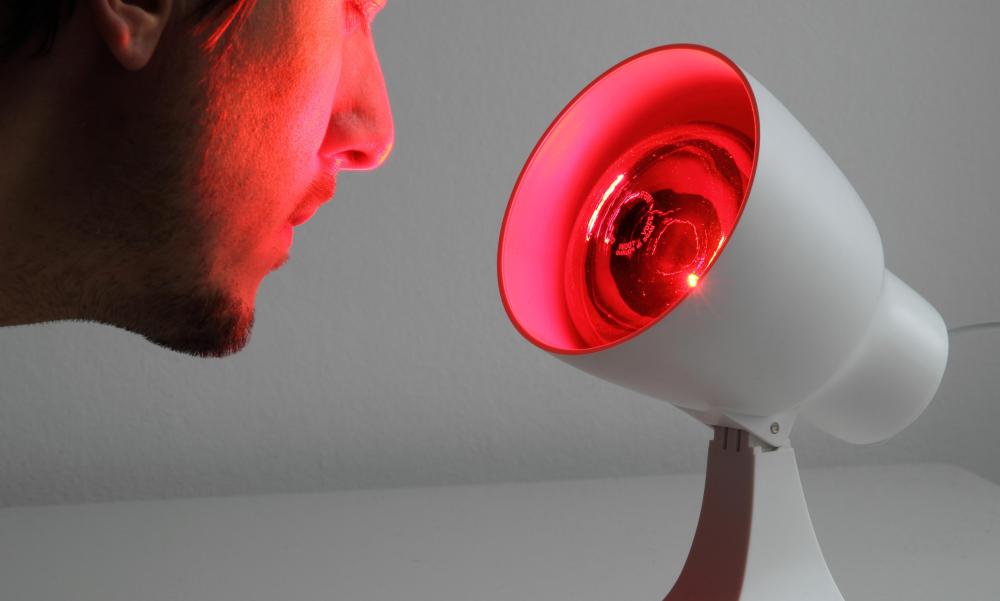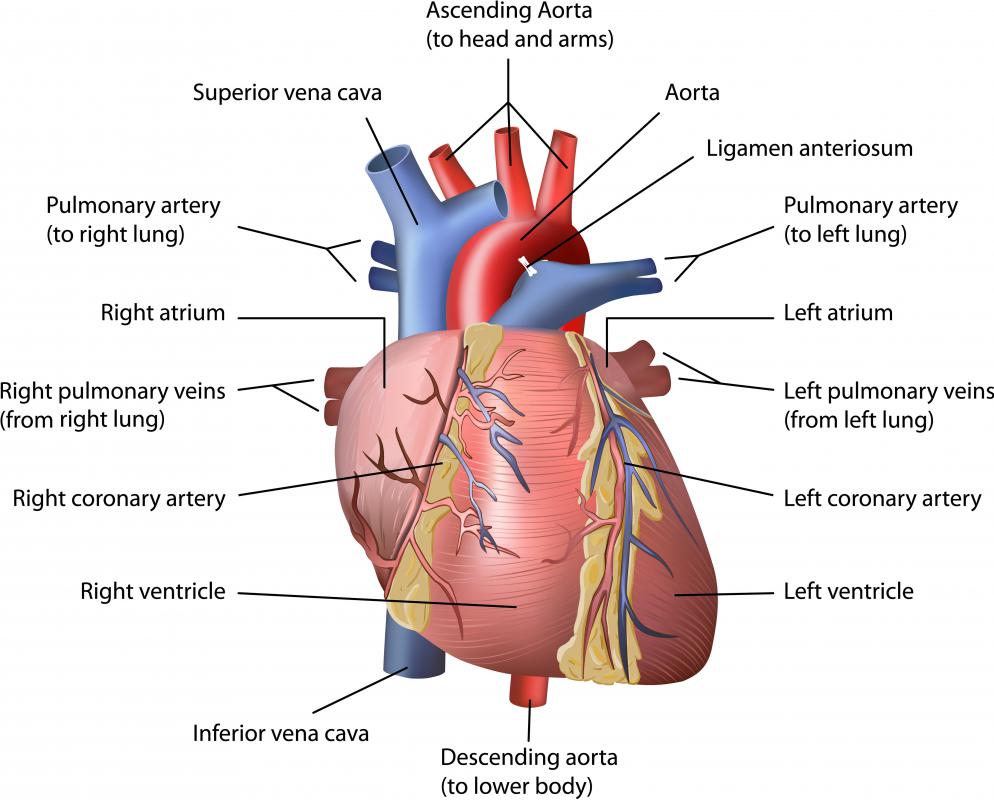At TheHealthBoard, we're committed to delivering accurate, trustworthy information. Our expert-authored content is rigorously fact-checked and sourced from credible authorities. Discover how we uphold the highest standards in providing you with reliable knowledge.
What is Systemic Circulation?
Systemic circulation is a part of the cardiovascular system in many complex organisms, including humans; it is responsible for carrying oxygenated blood from the heart to the rest of the body and the deoxygenated blood from the rest of the body back to the heart. In pulmonary circulation, this deoxygenated blood is moved from the heart to the lungs, where it is oxygenated before being returned to the heart. These two main components of the cardiovascular system are responsible for providing the entire body with oxygen and important nutrients that are carried through the blood. Blood from the systemic circulatory system also passes through the kidneys, where waste is filtered from the blood.
A variety of different types of blood vessels known as arteries, arterioles, capillaries, veins, and coronary vessels are all involved in the process of systemic circulation. Blood is first pumped from the left ventricle of the heart into a large artery called the aorta. The aorta then branches into many other major arteries that supply blood to the cells in the parts of both the upper and lower body. Major arteries continue to branch into smaller arteries called arterioles. These many branching arterioles eventually terminate into capillaries.

Capillaries are the smallest and most numerous of the blood vessels in systemic circulation and are the most directly involved in the process of actually supplying blood to the cells that need it. Capillaries form a branched, web-like structure known as a "capillary bed" in any given area of tissue. These capillary beds are responsible both for keeping organs well supplied with oxygen and nutrients and for collecting waste from the nearby tissues. The broad, dispersed capillary beds eventually combine at their ends and widen into venules, thereby allowing the blood to flow from the capillaries to the veins.

The blood from the veins is oxygen-depleted, and it carries a variety of cellular waste products. This blood is carried back to the heart, concluding systemic circulation. The blood is then moved to the lungs for oxygenation through pulmonary circulation so it can again be used for systemic circulation.
The heart itself also needs to receive a constant supply of oxygen and nutrients from the systemic circulatory system in order to function. It does not receive these through the process of supplying the rest of the body with blood, however. A distinct part of the systemic circulatory system known as coronary circulation is responsible for providing the heart with a steady supply of blood. Coronary circulation appears as a small loop in systemic circulation that only carries blood from the heart back to the heart.
AS FEATURED ON:
AS FEATURED ON:
















Discuss this Article
Post your comments